India is considered one of the largest countries in the world with 28 states and 7 union territories. Every year thousands of tourists get attracted to India from all over the world. India is one of the countries with multi-religion people of different traditions and customs living together and celebrates various events and festivals together. India houses many types of festivals starting from the month of January to last December. Lohri festival is one of the highly celebrated harvest festivals of North India as a holy land for agriculture. In every month you will find one of the festivals that celebrate throughout India. It doesn't matters whose festival is whether of Sikhism or Hinduism all festivals are celebrated with full charm and enjoy and wishing God for prosperous and progress for each other. 
Significance of Lohri
Every year 13th day of January is the date when Lohri is celebrated with full joy and fervor. It is a festival which signifies fertility and spark of life. It is one of the famous festivals of Punjabis which depicts the end of winter and the coming of spring. Lohri festival consists of wishing to Agni, and it usually comprises gazak, peanuts and til as Prasad which is passed to each other to take and wish to Agni for prosperity and their wellness in the new upcoming year. Lohri songs play a crucial role in celebration with complete fun and enjoyment that consists beats of Dhol and children sing and dance and finally ending with the Lohri prasad. Altogether India is a country of multi-religion people where everyone celebrates multi-caste events and festivals with great fervor and devotion. 
Preparations for Lohri festival
The festival of Lohri is characterized by the ancient tradition of the lighting of a holy fire that signifies the Fire God, Agni. People mainly gather around the bonfire to offer prayers and food to the Lord Surya and also sing, dance and make merry. Devotees circle around the fire with their hands joined together in prayer, wishing for a healthy and prosperous year.
The sweets are made from sesame seeds and jaggery which include rewari and gajak and they are put into the fire, as offerings to the Fire God. Other offerings made include moongphali or peanuts and popcorn. These foods are distributed during the celebration to people who attend the festivities as prasadam. The Lohri feast is prepared using ingredients from winter crops including sugarcane, radish, mustard greens and groundnuts. The dishes which are traditionally prepared during Lohri include makki ki roti and sarso ka saag which is a spicy Indian preparation made from mustard greens). The 2 dishes are served together, with whole jaggery or powdered jaggery and/or homemade butter made from cow's milk as garnishing. Another traditional dish of the harvest festival is the til bhaat commonly known as sesame rice that is rice made with jaggery and sesame seeds.

Importance of Lohri
Originally in the ancient times, Lohri festival was celebrated the night before Winter Solstice. It used to mark the coldest night of the year which was followed by the shortest day and longest night of the year. Since the night is extremely chilly as people may protect themselves by burning the fire and keeping it throughout the night while spending their time around the fire, worshipping the deities such as Lord Surya or Sun and fire along with merry-making by eating the remnants of the offering, singing, dancing and then taking delicious food, along with other people of their family. This festival also marks the harvesting time of rabi crops which is the crops of the winter season. The people of Punjab, the most fertile belt of India, celebrate the harvesting of sugar cane during lohri festival. Sesame seeds, radish, jaggery, spinach, and mustard are also harvested. These crops are the primary attractions of this festival. People usually make sweets such as revari and gajak, and other staples such as Sarso ka Saag with Makki ki roti. 
The Science and Symbolism behind Lohri
Lohri festival is celebrated on the day just before Makar Sankranti, and every year it falls on January 13. Makar Sankranti falls in the season of Shishir Ritu which the fiercest form of the winter season. In this season, the amount of vata (air) and kapha (ether) increases in the body due to harsh and severe cold.

The beginning of Aadan Kaal, or the time when the sun goes in the northern hemisphere marks the introduction of roughness in the weather. People are recommended by the Ayurvedic shastras to consume items made of jaggery and sesame to keep the body warmer and bracing the cold winter. Also, the fire that is burnt on this day prepares the body for the upcoming harshness of the weather which drops day by day.

Why Lohri Puja is performed?
Lohri festival is linked directly with the sun, fire, and earth. Sun represents the life element, the earth represents our food and fire maintains our health. All these elements are granted to us free of cost by God and we are not liable to pay for them. But, since we require them and are taking the selfless service from nature, it is always advised to say thanks to them in return and pray to them for our protection and prosperity.

Makar Sankranti is followed by Lohri, on this day sun transits into the zodiac sign of Capricorn. This transition of this festival has various effects on individuals. So, one should prepare ourselves for the upcoming fiscal year and render the farmer with lots of bounty from his field and prosperity in his life. The deities representing the sun, earth, and fire are worshipped during the Lohri festival. Team Askganesha wishes you and your family a Very Happy Lohri.

















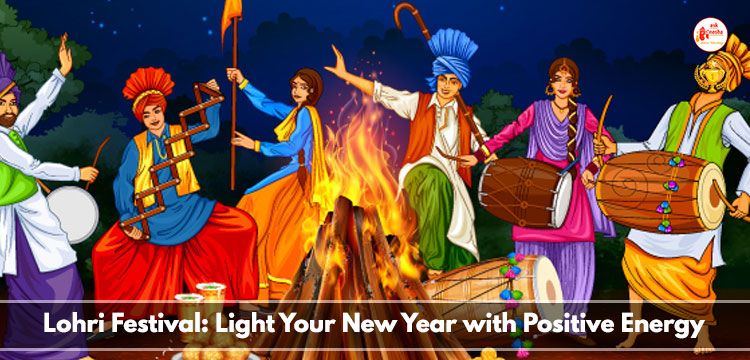
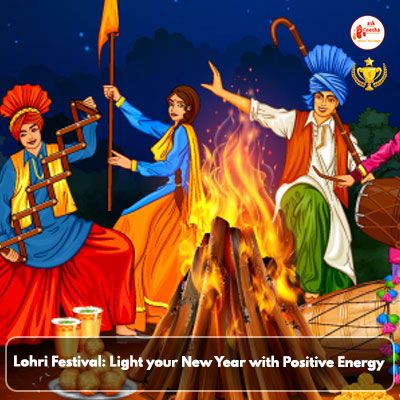

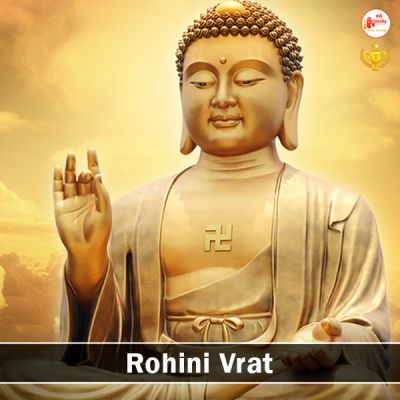

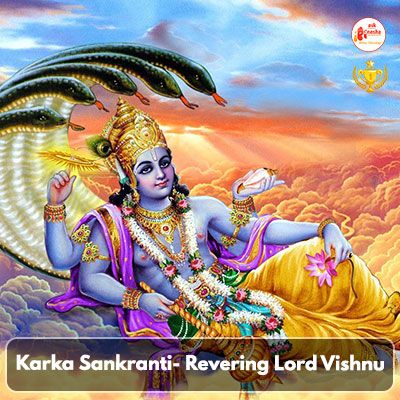
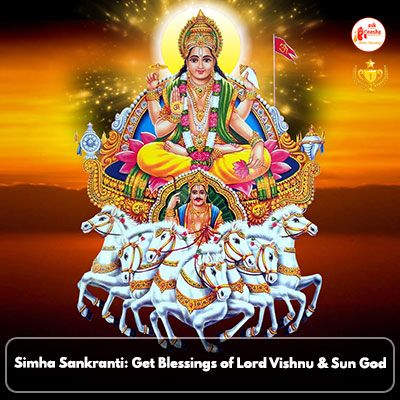

 Translate
Translate